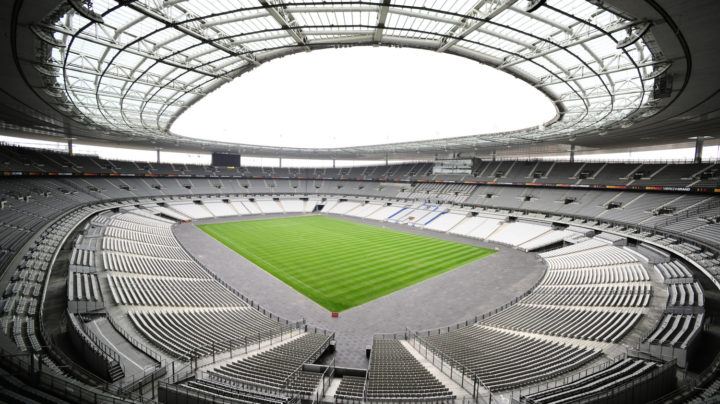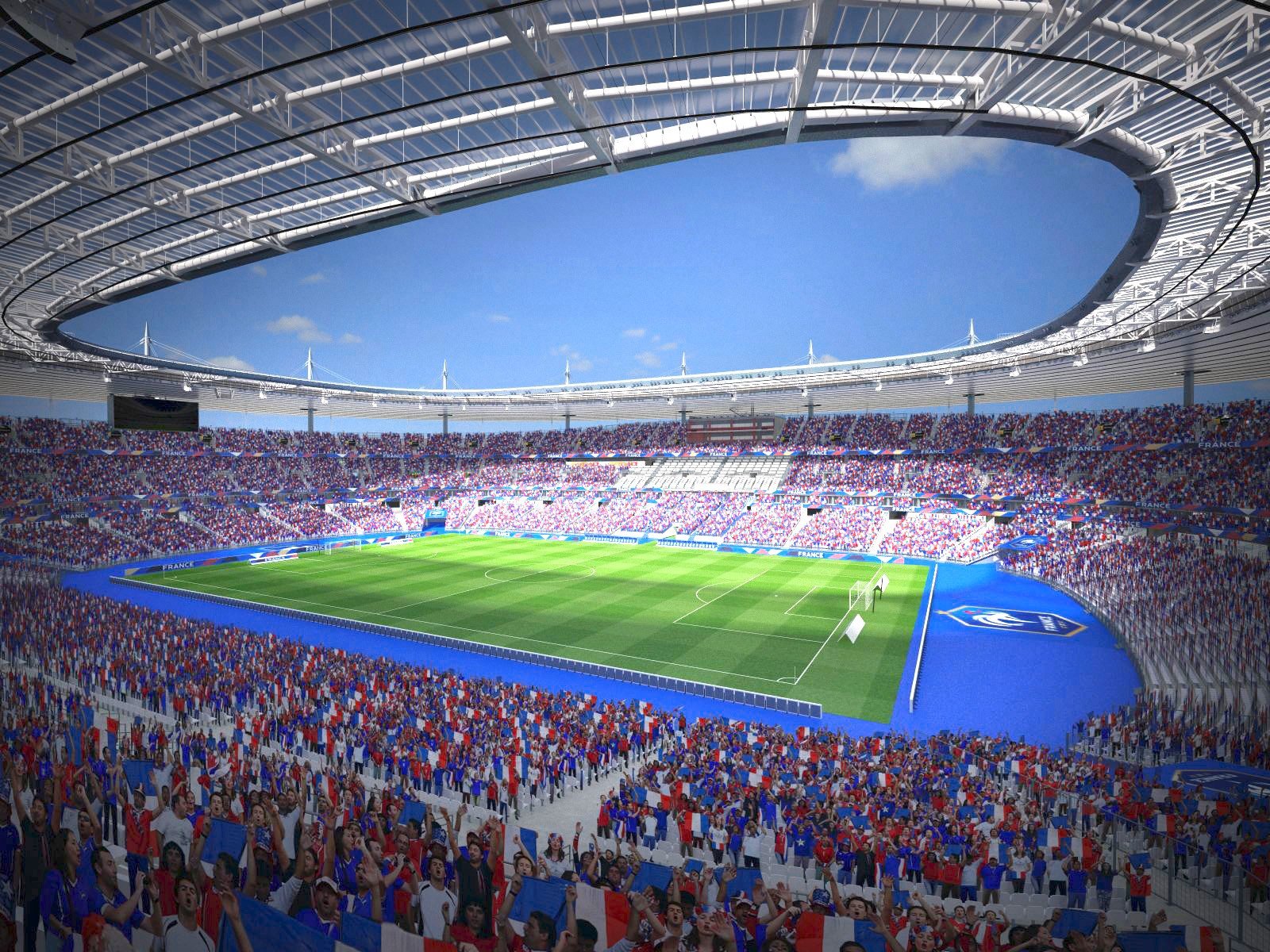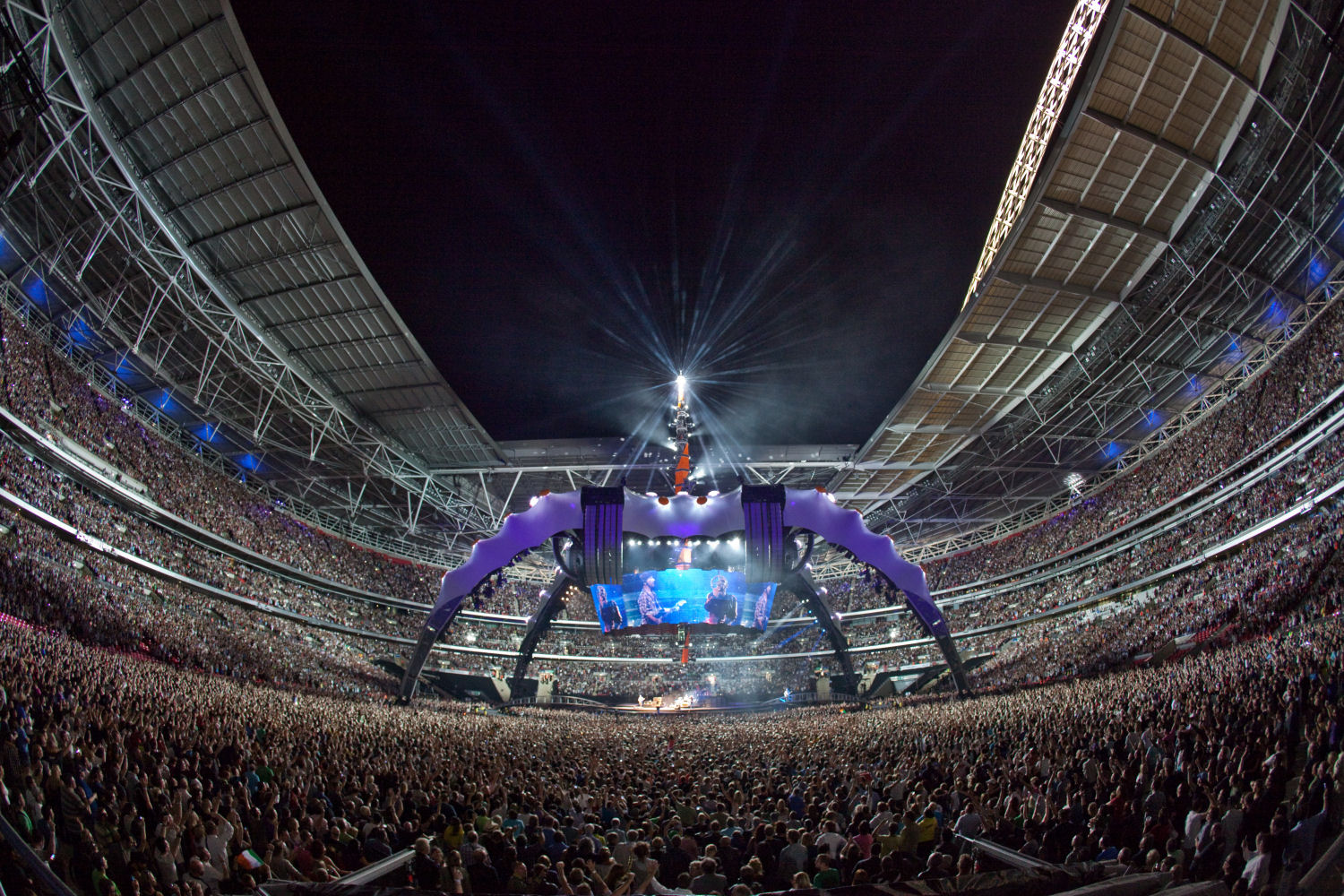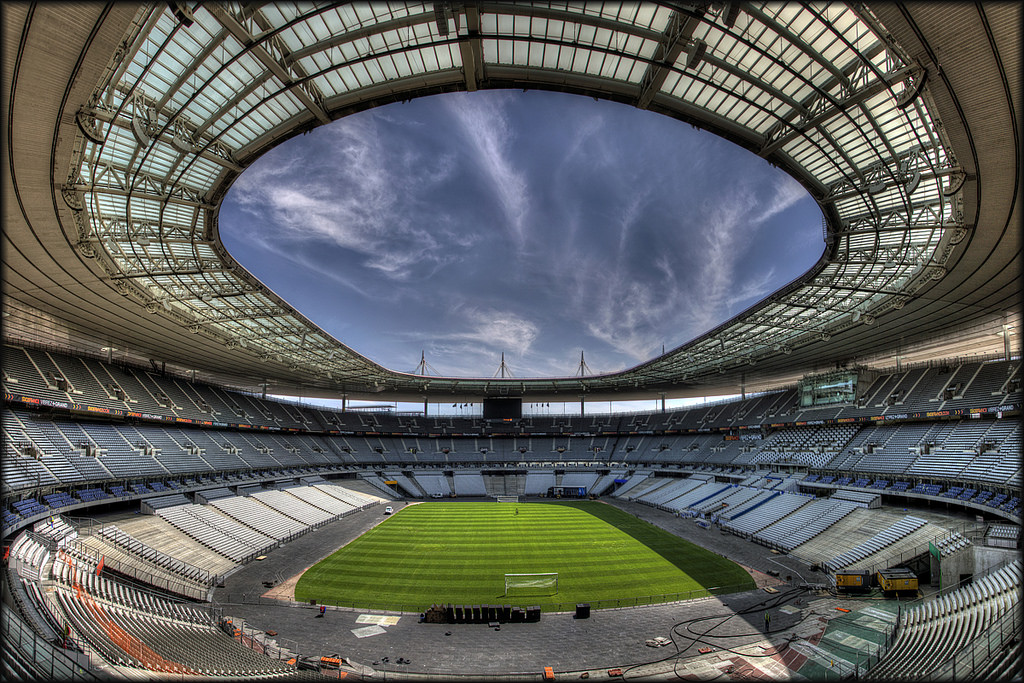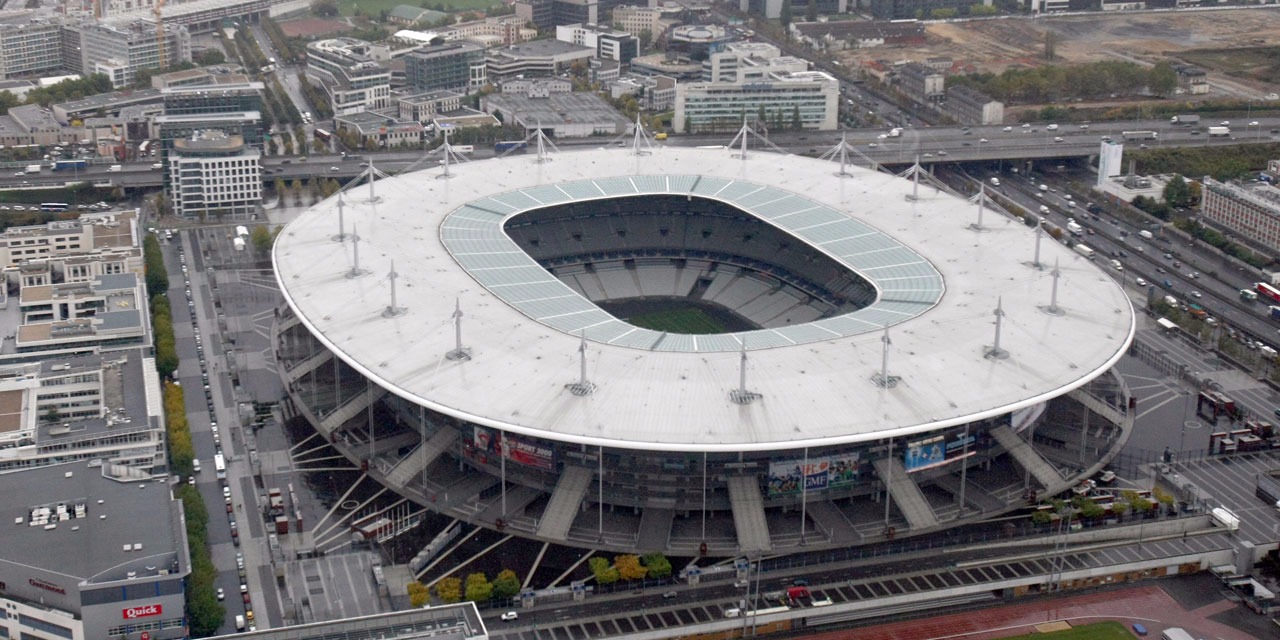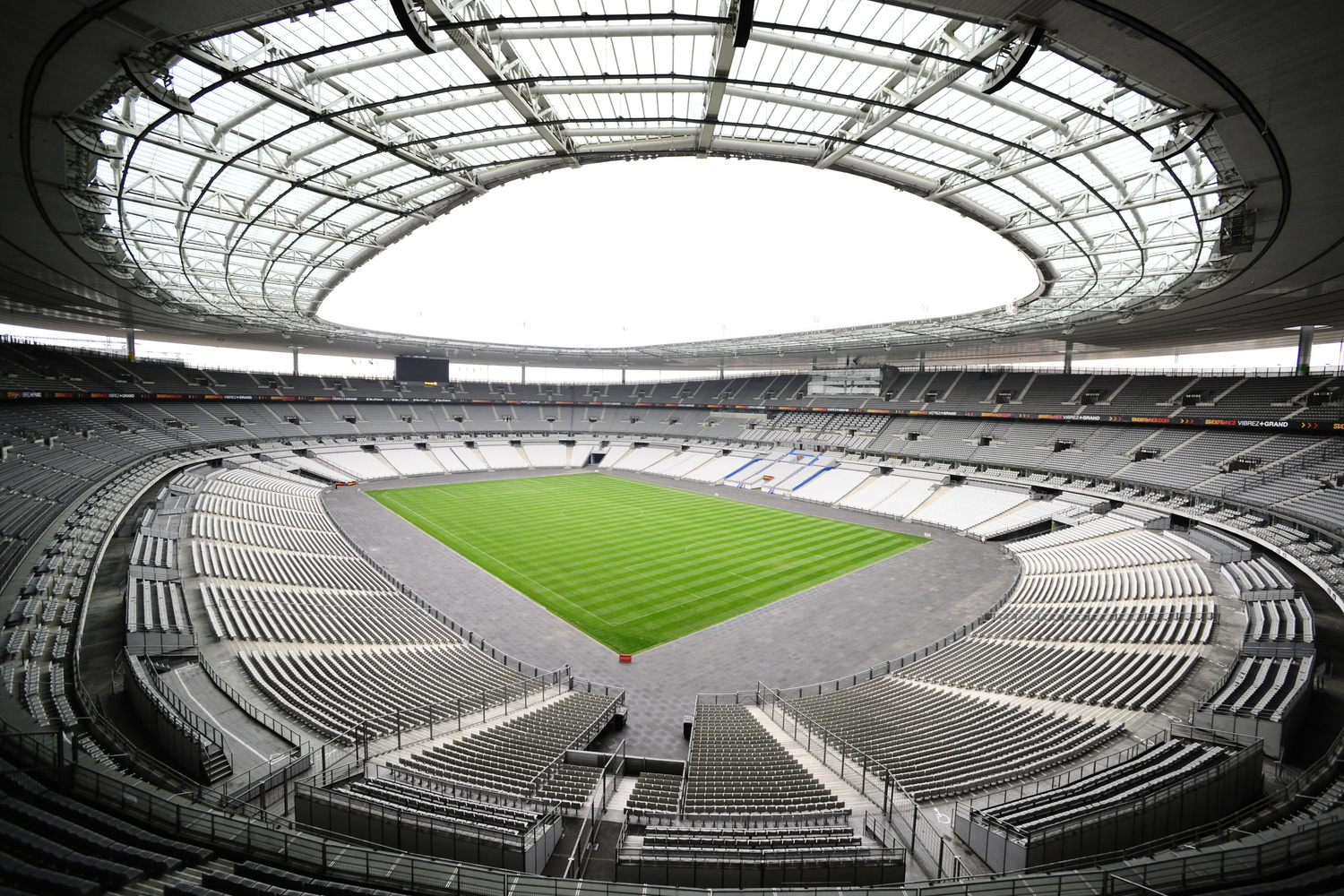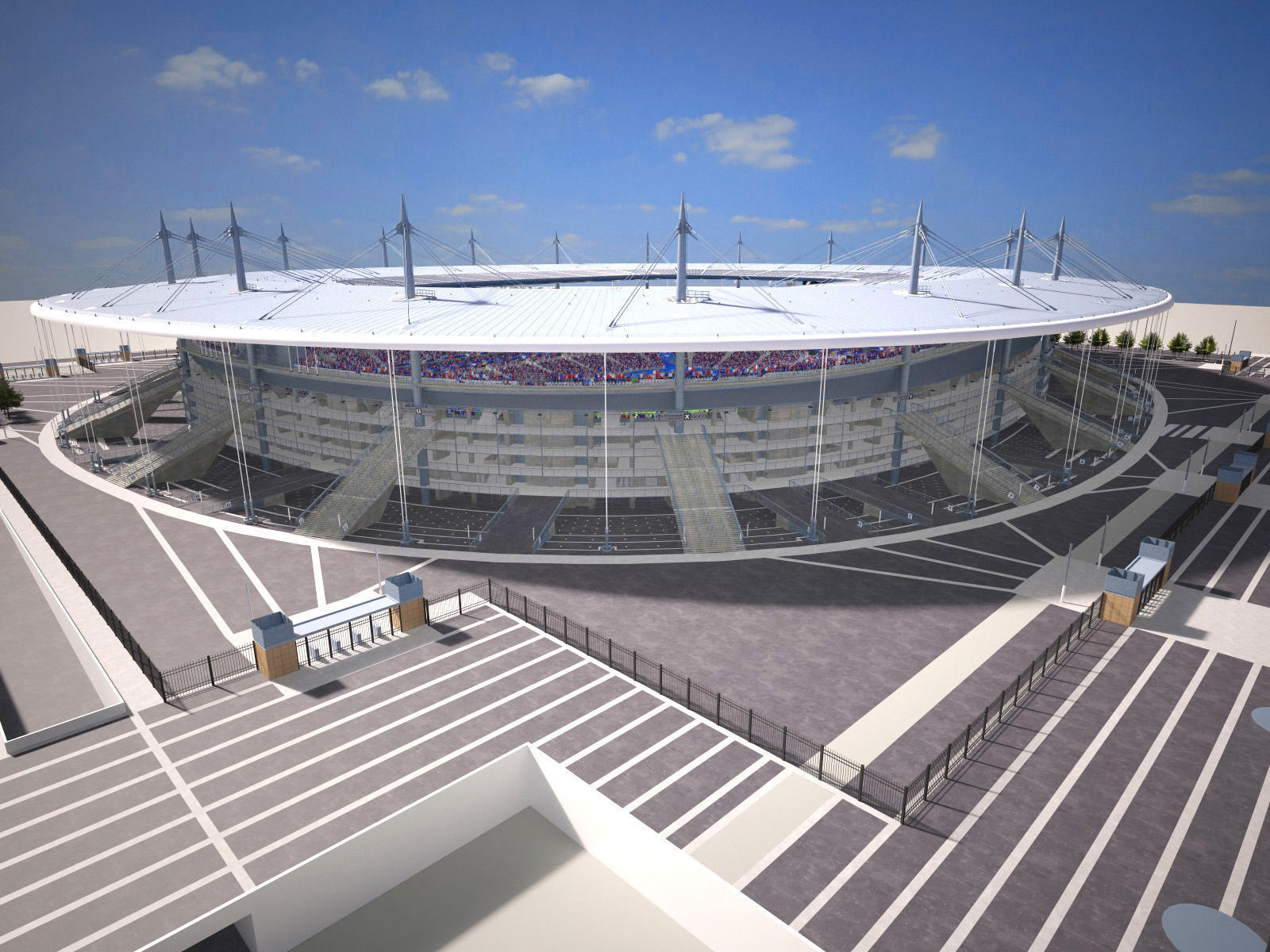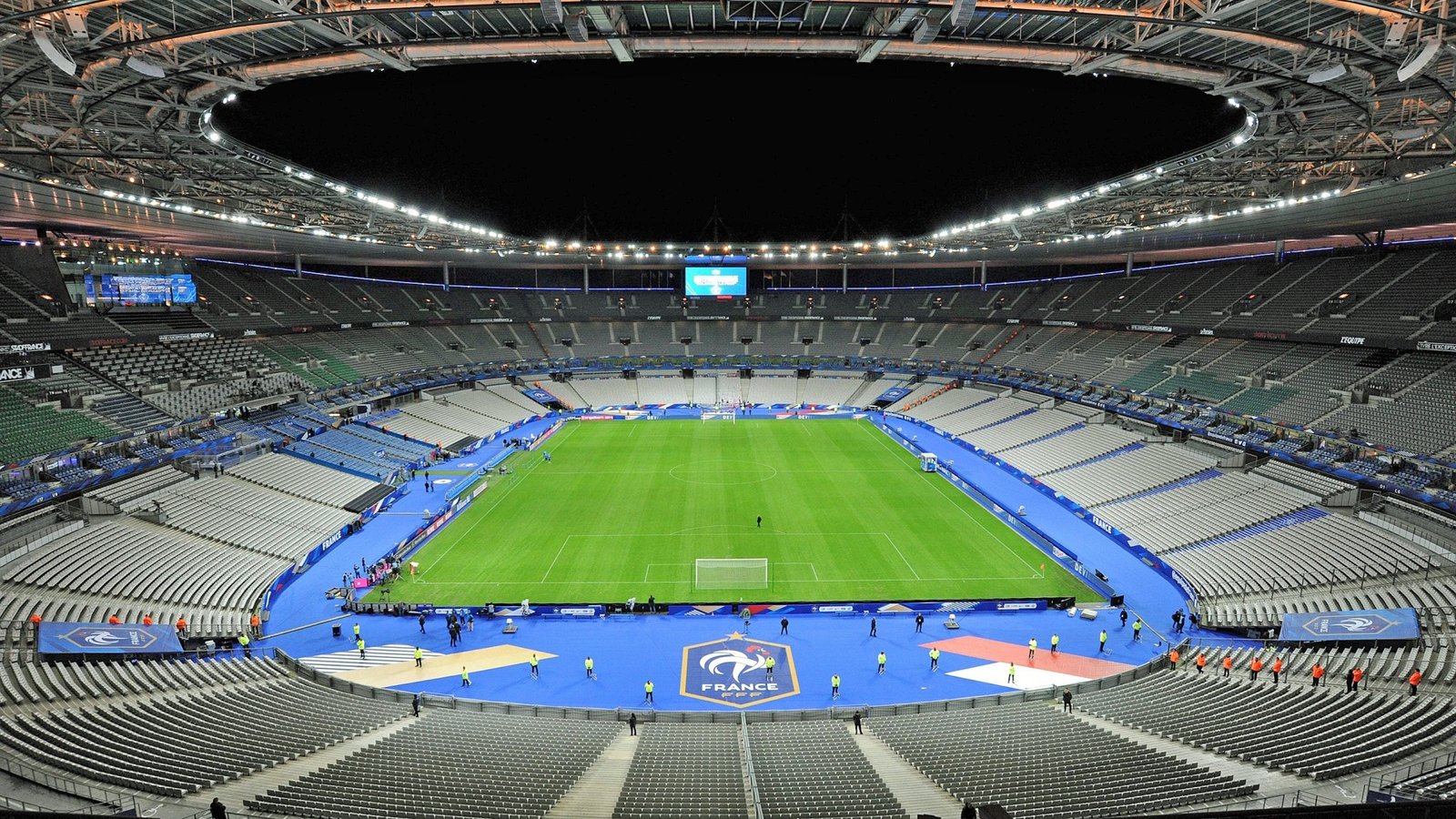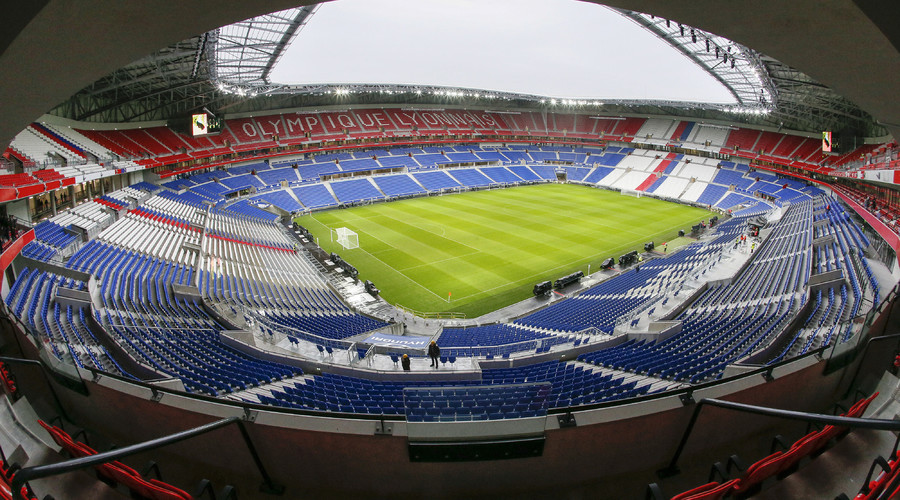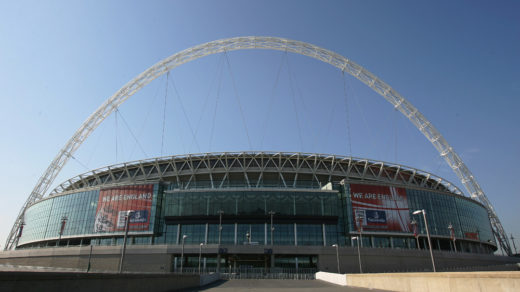Stade de France (Stadium of France) is the national stadium of the French Republic which became the home of football and rugby national team. The stadium is a witness of the French victory in the 1998 World Cup (final against Brazil) and Six Nation’s Rugby Tournament (final against England) in the same year. The stadium is also the venue concerts of international artists as well as major festivals.
Rolling Stone is the first band to hold a concert at the Stade de France in 1995, then there are also Johnny Hallyday and Paul McCartney and an event titled “Urban Peace” concert known as Rap, Rhythm and Blues that the largest in Europe. This list can be extended with various athletics championships as well as the racetrack.
History of the Stade de France begins when the FIFA (Federation of International Football Association) pointed France hosts the World Cup. A collaborationof four architects (Aymeric Zublena, Claude Constantini, Michel Macary and Michel Regembal) produces phenomenal design at a cost of around 280 million euro-most expensive stadium in the world of its time. The construction of the Stade de France began on May 2, 1995.
After about a year of development takes place, approximately 800,000 square meters of terrain successfully leveled and no less than 180,000 cubic meters of concrete has been poured into the foundation of the stadium. Roofs that cost more than 45 million euros as well as a field that can be rolled up are some of the major advantages of this stadium, whose construction took 31 months.
Stade de France was officially opened on January 28, 1998 with a friendly match between France against Spain. 17 hectares of the stadium have a seating capacity of 80,000 people. Not only the spectators who are spoiled with various luxurious facilities, but also the athletes, coaches and accompanying teams.
There are two dressing rooms, each of which measures 400 square meters, two special coaches locker room, offices for delegates as well as some of the large auditorium as a training ground for musicians, choir or briefing players. The locker room at the stadium it was designed by Michel Platini, French soccer legend.
Especially for important visitors, provided 162 pieces of the VIB box with a total of 6,000 seats VIP! Stade de France has two super-large LED screen measuring 120 square meters on either side, a recent innovation created in 2006 after the previous screen mounted on the first stadium built in 1998 was considered too small.
Unlike other stadiums which only has the facilities to support the games, concerts or other events, the Stade de France has a museum! The history of the stadium, pictures of behind the scene, a large-sized mock-up and personal items belonging to various athletes from around the world can be seen in this museum.
The museum is open every day (Monday-Sunday) at 10.00 am to 18.00 pm, unless there is a big game or special events that require the maintenance of more stringent security (visit the official web site of the Stade de France to find out what events are taking place).
If you come with your family, get a Family Pass at a price of only € 40 for 2 adults and 2 children. Before visiting, note the schedule guided tour in English that is only available at 10:30 am and 14:30 pm (April 1 to March 31) or at 11:00, 13:00, 15:00 and 17:00 on September 1 to March 31 also at weekends throughout the year and national big days.
In addition to these hours, guided tour only in French. Special prices are offered for group visits with at least 20 people. To visit this place in the group, please first booking by phone +33 (0) 1 55 93 0149 or e-mail to qualite@stadefrance.fr. Stade de France is located in the northeastern suburbs of Paris near Saint-Denis, about 5 kilometers from Montmartre or 8 kilometers from the Louvre museum.
For those who use private vehicles from the city center, please take the A1 and exit lanes at exit 2 Stade de France or lines A86 and exit at exit 9-Saint-Denis La Plaine Stade de France. If you use public transportation do not worry because this stadium has some metro station, which is only a stone’s throw from the courtyard of the stadium. Station La Plaine Stade de France passed by RER line B, station Stade deFrance, Saint Denis by RER line D, while the station Saint-Denis Porte de Paris bypassed by metro line 13.
